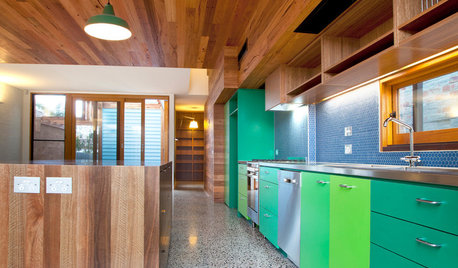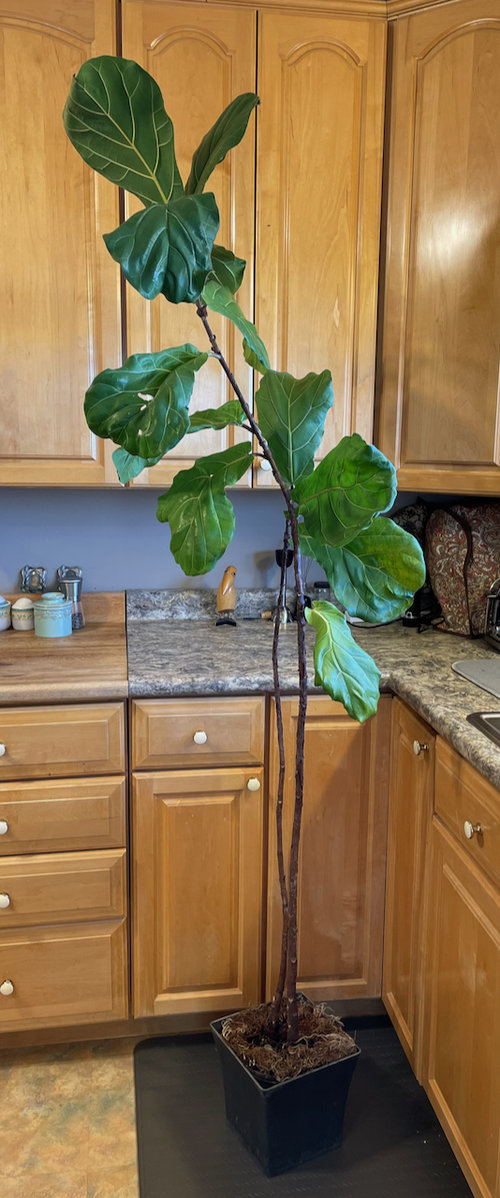Fiddle Leaf Fig rescue: what next?
Northern Gardener (3b west central MN)
2 years ago
Related Stories

HOUSEPLANTSSee How Fiddleleaf Fig Trees Can Liven Up Your Decor
The tropical houseplant with big green leaves adds a cheerful and striking design element to rooms
Full Story
ACCESSORIESStyling Basics: 8 Favorite Accessories to Finish Your Space
Here's how to use these simple items to take your room to the next level
Full Story
EVENTSTop Trends to Inspire You From the London Design Festival
What’s going to be next season’s biggest paint trend? Is midcentury still in? Discover the answers to these questions and more
Full Story
CONTAINER GARDENSConsider These 10 Pet-Safe Houseplants
Help keep cats and dogs healthy with the right selection of indoor plants
Full Story
CONTAINER GARDENSHappy Houseplants, Happy People
Potted plants add life and beauty to a room. Learn easy ways to keep them healthy
Full Story
HOUSEPLANTS10 Top Plants to Grow Indoors
Brighten a room and clean the air with a houseplant that cascades artfully, stretches toward the ceiling or looks great on a wall
Full Story
DECORATING GUIDESThe Dumbest Decorating Decisions I’ve Ever Made
Caution: Do not try these at home
Full Story
HOUSEPLANTS8 Essentials for Healthy Indoor Plants
Houseplants add so much to our homes — and can thrive when grown in the right conditions. Keep these tips in mind
Full Story
DECORATING GUIDESFrom Queasy Colors to Killer Tables: Your Worst Decorating Mistakes
Houzzers spill the beans about buying blunders, painting problems and DIY disasters
Full Story
DECORATING GUIDESTop 10 Interior Stylist Secrets Revealed
Give your home's interiors magazine-ready polish with these tips to finesse the finishing design touches
Full StorySponsored
More Discussions











ken_adrian Adrian MI cold Z5
tapla (mid-Michigan, USDA z5b-6a)
Related Professionals
Wrentham Landscape Architects & Landscape Designers · Birmingham Landscape Architects & Landscape Designers · Richmond Heights Landscape Architects & Landscape Designers · Andover Landscape Contractors · Cambridge Landscape Contractors · Cedar Hill Landscape Contractors · Coram Landscape Contractors · Danvers Landscape Contractors · Dunwoody Landscape Contractors · Hendersonville Landscape Contractors · Live Oak Landscape Contractors · Oxnard Landscape Contractors · Peoria Landscape Contractors · South Farmingdale Landscape Contractors · Ansonia Landscape Contractorstapla (mid-Michigan, USDA z5b-6a)